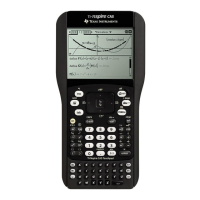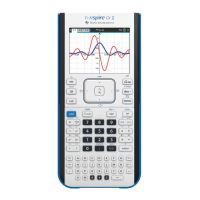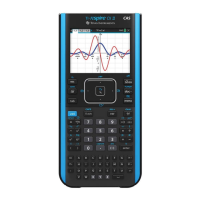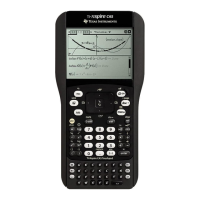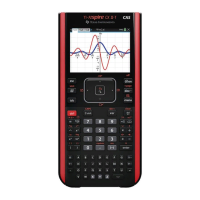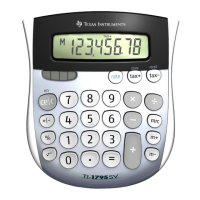198 Alphabetical Listing
xor
Catalog >
You can enter the integers in any number
base. For a binary or hexadecimal entry, you
must use the 0b or 0h prefix, respectively.
Without a prefix, integers are treated as
decimal (base10).
If you enter a decimal integer that is too
large for a signed, 64-bit binary form, a
symmetric modulo operation is used to
bring the value into the appropriate range.
For more information, see ►Base2, page
21.
Note: See or, page 127.
Note: A binary entry can have up to 64 digits
(not counting the 0b prefix). A hexadecimal
entry can have upto 16 digits.
Z
zeros()
Catalog >
zeros(Expr, Var) ⇒ list
zeros(Expr, Var=Guess) ⇒ list
Returns a list of candidate real values of
Var that make Expr=0. zeros() does this by
computing exp►list(solve
(Expr=0,Var),Var).
For some purposes, the result form for
zeros() is more convenient than that of
solve(). However, the result form of zeros()
cannot express implicit solutions, solutions
that require inequalities, or solutions that
do not involve Var.
Note: See also cSolve(), cZeros(), and solve
().
zeros({Expr1, Expr2},
{VarOrGuess1, VarOrGuess2 [, … ]}) ⇒
matrix
Returns candidate real zeros of the
simultaneous algebraic expressions, where
each VarOrGuess specifies an unknown
whose value you seek.
Optionally, you can specify an initial guess
for a variable. Each VarOrGuess must have
the form:
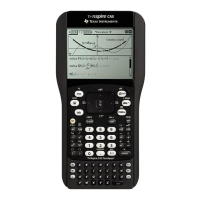
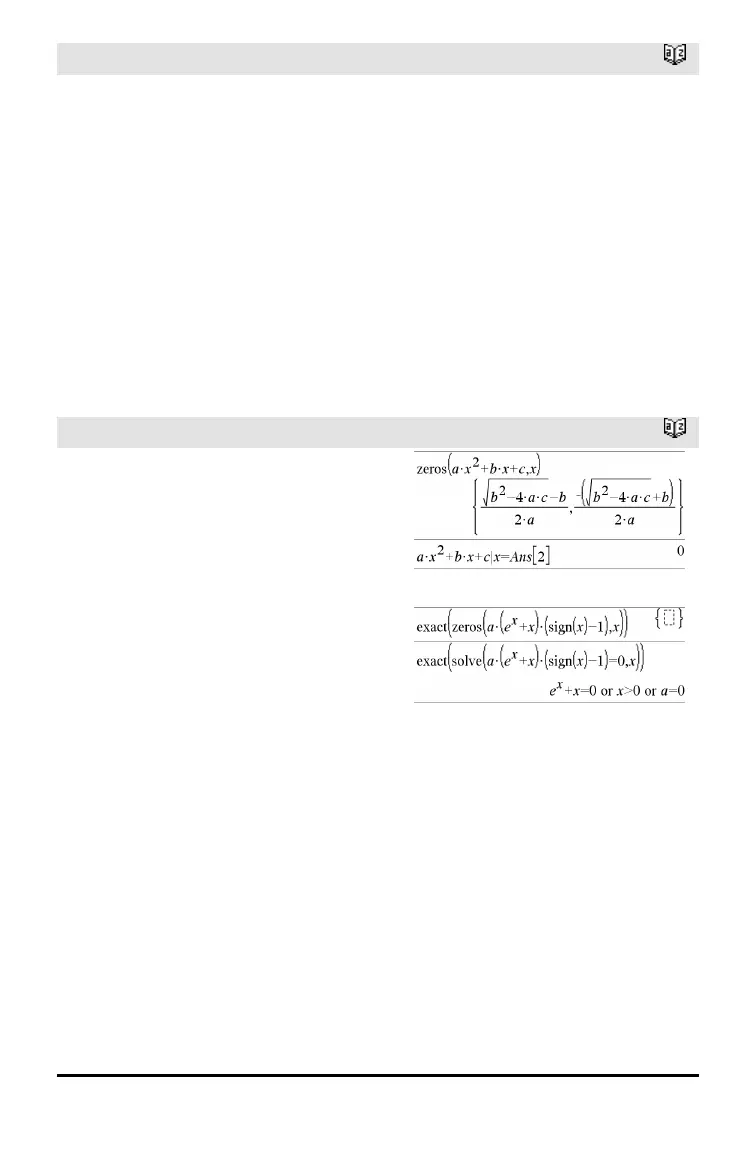